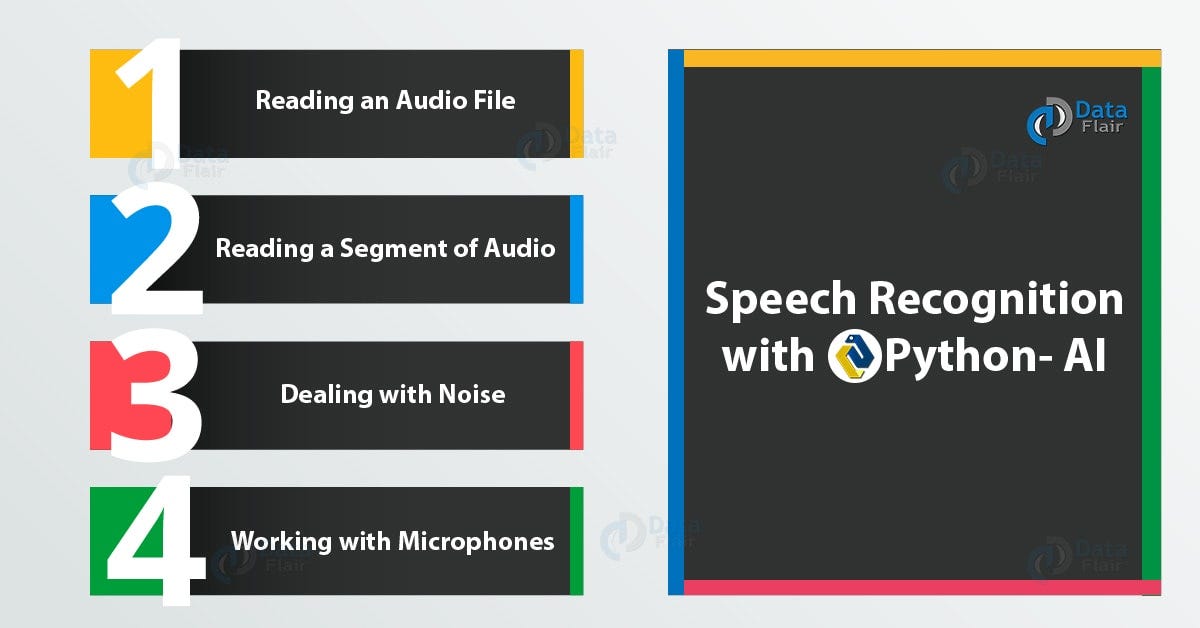Python Debugger Cheatsheet Getting started importpdb;pdb.settrace startpdbfromwithinascript python-mpdb startpdbfromthecommandline Basics h(elp) printavailablecommands h(elp)command printhelpaboutcommand q(quit) quitdebugger Examine p(rint)expr printthevalueofexpr ppexpr pretty-printthevalueofexpr w(here) printcurrentposition(includingstacktrace). The module pdb defines an interactive source code debugger for Python programs. It supports setting (conditional) breakpoints and single stepping at the source line level, inspection of stack frames, source code listing, and evaluation of arbitrary Python code in the context of any stack frame. Pymol foobar.pdb foobar.pml. But now let get into it and collect some commands. To load in a new pdb code simply use. Fetch pdb-code Selection & Extracting. Pymolwiki on Selection. Sourceforge Pymol Manual. Selection allows you uniquely label a set of atoms that are part of an object (e.g. A protein that you loaded in).
Command line options
Configuration properties
They can be used in evaluations:? ${asm.tabs}
Cheat Sheets For Python
You will want to set your favourite options in ~/.radare2rc since every line there will be interpreted at the beginning of each session. Mine for reference:
There is an easier interface accessible from the Visual mode, just typing Ve
Basic Commands
Command syntax: [.][times][cmd][~grep][@[@iter]addr!size][|>pipe]; Command chaining: x 3;s+3;pi 3;s+3;pxo 4;| Pipe with shell commands: pd | less! Run shell commands: !cat /etc/passwd!! Escapes to shell, run command and pass output to radare buffer Note: The double exclamation mark tells radare to skip the plugin list to find an IO plugin handling this command to launch it directly to the shell. A single one will walk through the io plugin list.` Radare commands: wx `!ragg2 -i exec`~ grep~! grep -v~[n] grep by columns afl~[0]~:n grep by rows afl~:0
.cmdInterprets command output
..repeats last commands (same as enter n)(Used to define and run macros$Used to define alias$$: Resolves to current address- Offsets (
@) are absolute, we can use $$ for relative ones@ $$+4 ?Evaluate expression
?$?Help for variables used in expressions$$: Here$s: File size$b: Block size$l: Opcode length$j: When$$is at ajmp,$jis the address where we are going to jump to$f: Same forjmpfail address$m: Opcode memory reference (e.g. mov eax,[0x10] => 0x10)???Help for?command?iTakes input from stdin. Eg?i username??Result from previous operations?s from to [step]: Generates sequence fromto every ?p: Get physical address for given virtual address?P: Get virtual address for given physical one?vShow hex value of math expr
?l str: Returns the length of string@@: Used for iterations
Positioning
Block size
The block size is the default view size for radare. All commands will work with this constraint, but you can always temporally change the block size just giving a numeric argument to the print commands for example (px 20)
JSON Output
Most of commands such as (i)nfo and (p)rint commands accept a j to print their output in json
Analyze
Function analysis (normal mode)
Function analysis (visual mode)
Opcode analysis:
Information
Mitigations:

Get function address in GOT table:pd 1 @ sym.imp<funct>Returns a jmp [addr] where addr is the address of function in the GOT. Similar to objdump -R | grep <func>
Write
Flags
Flags are labels for offsets. They can be grouped in namespaces as sym for symbols ...
yank & paste
Visual Mode:
V enters visual mode
ROP
Search depth can be configure with following properties:
Searching
Example: Searching function preludes:
Its possible to run a command for each hit. Use the cmd.hit property:
Magic files
Search for magic numbers
Search can be controlled with following properties:
Yara
Yara can also be used for detecting file signatures to determine compiler types, shellcodes, protections and more.
Zignatures
Zignatures are useful when dealing with stripped binaries. We can take a non-stripped binary, run zignatures on it and apply it to a different binary that was compiled statically with the same libraries.
Zignatures are applied as comments:
Compare files
Graphs
Basic block graphs
Call graphs
Convert .dot in .png
Generate graph for file:
Debugger
Start r2 in debugger mode. r2 will fork and attach
To pass arguments:
To pass stdin:
Python Pdb Commands
Commands
To follow child processes in forks (set-follow-fork-mode in gdb)
PEDA like details: drr;pd 10@-10;pxr 40@esp
Debug in visual mode
WebGUI (Enyo)
All suite commands include a -r flag to generate instructions for r2
rax2 - Base conversion
rahash2 - Entropy, hashes and checksums
radiff2 - File diffing
Examples:
Pdb Python Cheat Sheet Download
rasm2 - Assembly/Disassembly
Python Pdb Cheat Sheet
rafind2 - Search
ragg2 - Shellcode generator, C/opcode compiler
Python String Manipulation Cheat Sheet
Example:
rabin2 - Executable analysis: symbols, imports, strings ...
rarun2 - Launcher to run programs with different environments, args, stdin, permissions, fds
Examples:
